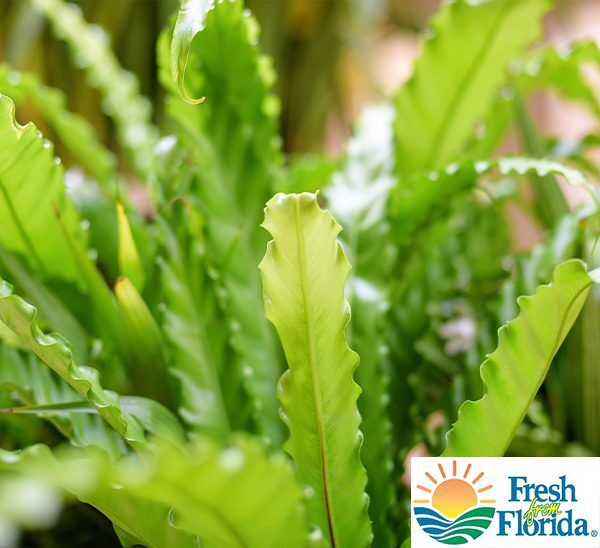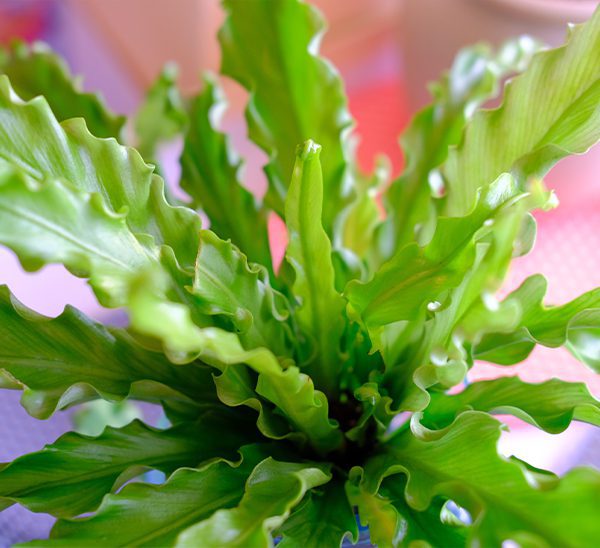Bird’s Nest Fern
Bird’s Nest Fern
$16.99
Bird’s Nest Ferns produce long slender light green leaves. Perfect for outdoor patio areas and indoor as houseplant.
Items For Added Success
Species: Asplenium Nidus
Other Species Names: Spleenwort
Plant Height: 18-24 in.
Spread: 20-24 in.
Evergreen: No
Minimum Sunlight: Shade
Maximum Sunlight: Shade
Bird's Nest Fern's attractive large glossy narrow leaves remain light green in color with pointy black spines throughout the season. Neither the flowers nor the fruit are ornamentally significant.
Bird's Nest Fern is an herbaceous fern with a shapely form and gracefully arching fronds. Its relatively coarse texture can be used to stand it apart from other garden plants with finer foliage. This is a relatively low maintenance plant, and usually looks its best without pruning, although it will tolerate pruning. Deer don't particularly care for this plant and will usually leave it alone in favor of tastier treats. It has no significant negative characteristics. Bird's Nest Fern is recommended for the following landscape applications; Accent Mass Planting General Garden Use Container Planting
Bird's Nest Fern will grow to be about 5 feet tall at maturity, with a spread of 5 feet. Its foliage tends to remain dense right to the ground, not requiring facer plants in front. It grows at a slow rate, and under ideal conditions can be expected to live for approximately 15 years. This plant does best in partial shade to shade. It prefers to grow in average to moist conditions, and shouldn't be allowed to dry out. It is not particular as to soil pH, but grows best in rich soils. It is somewhat tolerant of urban pollution, and will benefit from being planted in a relatively sheltered location. This species is not originally from North America. Bird's Nest Fern is a fine choice for the garden, but it is also a good selection for planting in outdoor pots and containers. Because of its height, it is often used as a 'thriller' in the 'spiller-thriller-filler' container combination; plant it near the center of the pot, surrounded by smaller plants and those that spill over the edges. Note that when growing plants in outdoor containers and baskets, they may require more frequent waterings than they would in the yard or garden.

